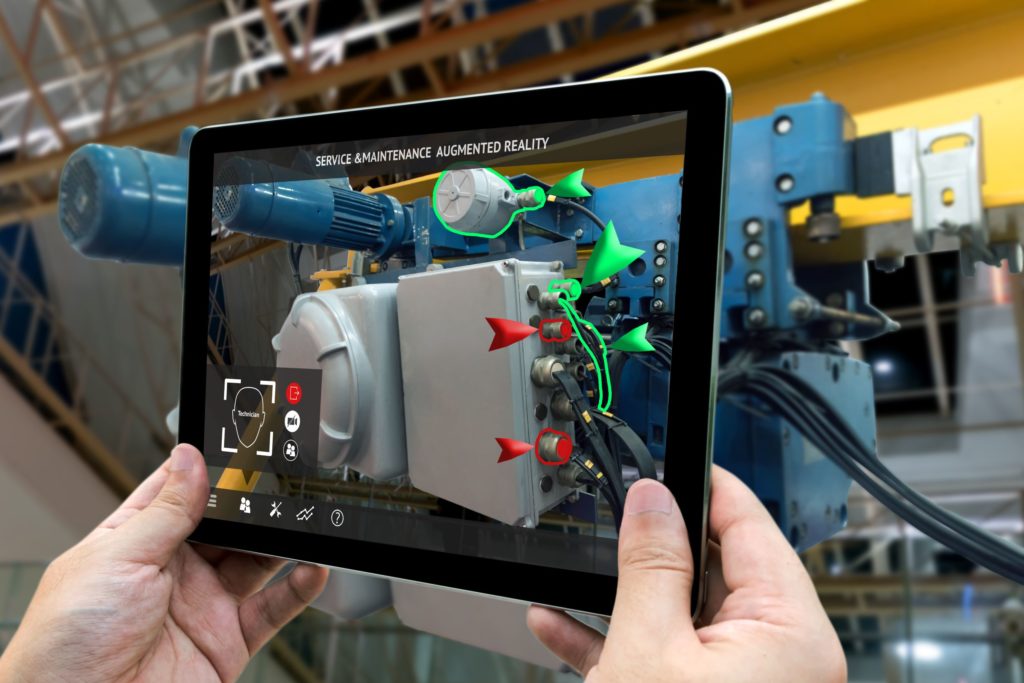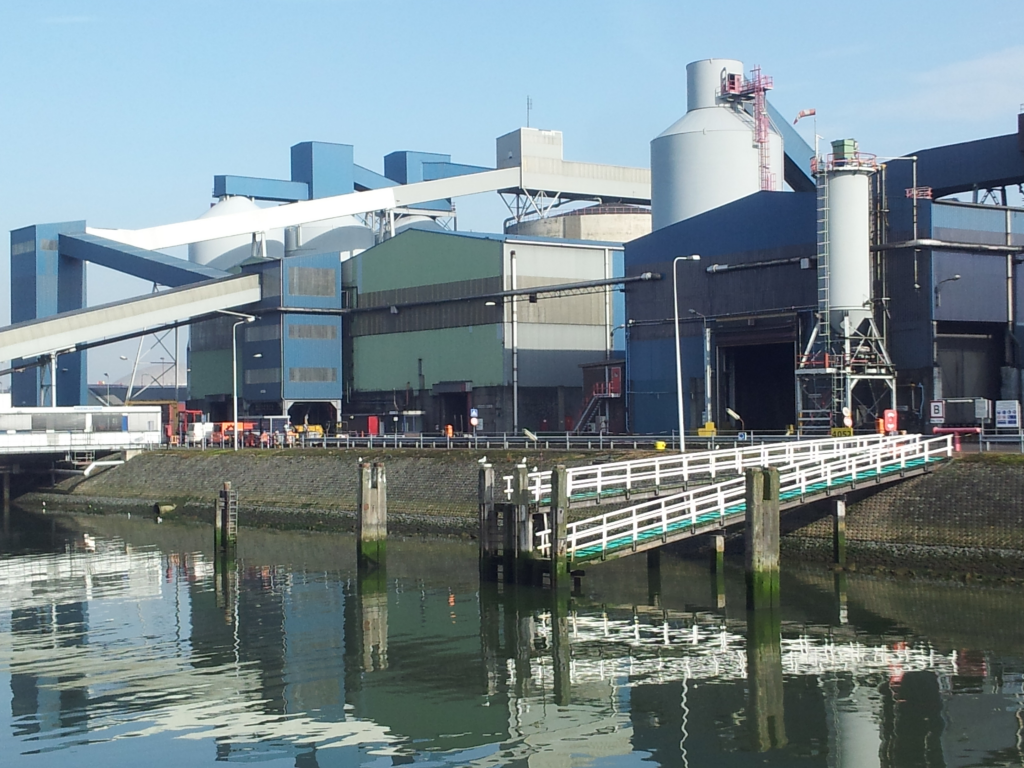Maintenance
Maintenance is a value creator rather than a cost generator. For asset-intensive industries, high uptime and reliability are critical to ensure return on assets; for asset-lighter industries, high uptime and reliability are critical in a just-in-time supply chain.
Current digital possibilities provide ample opportunities for Maintenance to play that all-important value-creator role. However, more often than not we see that the basics are just not in place: cooperation between Maintenance and Production is unproductive, mean time between repairs is too short, there is too much corrective maintenance versus preventive maintenance, maintenance backlog is growing, drawings are out of date as are maintenance plans, data is lacking and contractors are underperforming. The effects are too much downtime, unreliable production, low efficiency, high costs, too much working capital and dissatisfied employees.
Before deploying the various digital aids that are on the market nowadays, you must get the basics right. Key elements are:
- organisational alignment
- getting the maintenance strategy aligned with the business strategy
- getting the structure of the basic maintenance processes right
- fostering a deep and productive cooperation between Maintenance and Production
- fostering a productive partnership with contractors
- a powerful performance management system for understanding and acting on quality and productivity drivers
- knowing what the critical equipment is
- registering data on equipment behaviour, logging maintenance history and ensuring integrity of data
- ensuring technical condition of equipment is at the sufficient level
- ensuring quality execution of corrective maintenance: root cause elimination
- ensuring timely and quality execution of preventive maintenance routines
- using condition monitoring of equipment
- getting the skills and behaviours right
If you already have all this is in place, the equipment performance will already be high and costs significantly lower. Gradually, in line with the growing maturity of the organisation, you can integrate digital aids to achieve the next levels of equipment performance, efficiency and even lower costs: IIoT (Industrial Internet of Things), smart equipment, mobile devices, wearables, digital twin, advanced analytics, predictive maintenance, seamless engineering, etc.






